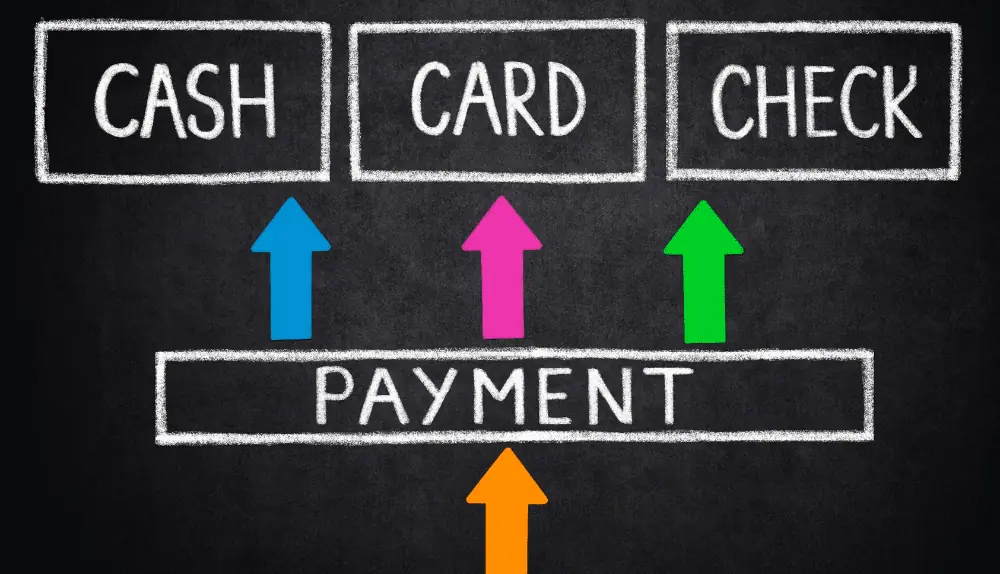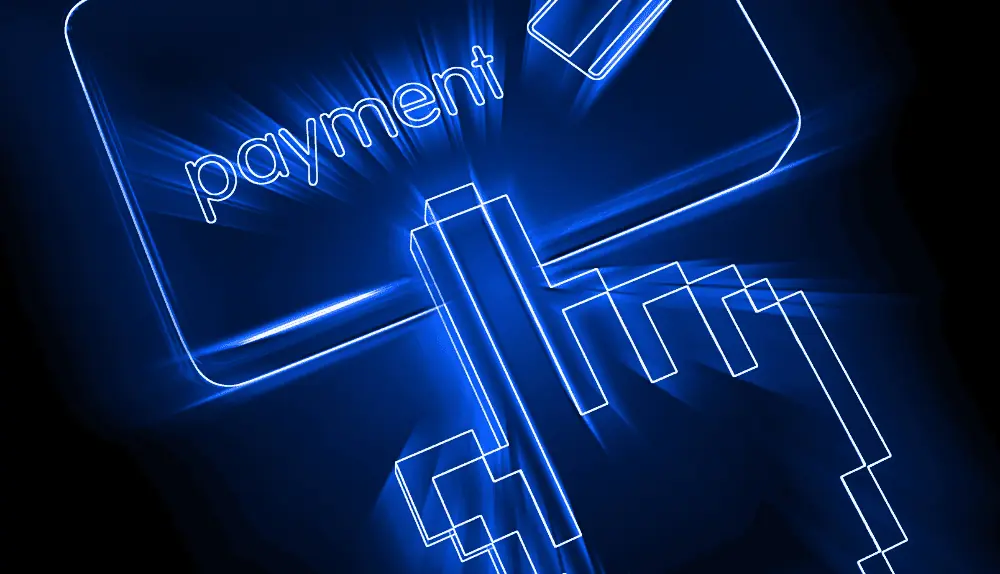Payments orchestration refers to the process of coordinating and managing multiple payment transactions and activities across different financial institutions, payment methods, and networks to complete the payment successfully. As more payment options become available, from cards to wallets to bank transfers and more, payments are increasingly complex with many moving parts that need to work together seamlessly.
Orchestration is crucial to provide a streamlined user experience for payments while ensuring all components of a transaction are in sync. Without effective orchestration, payments can fail, funds can get trapped, or users can face confusion and frustration.
For example, a user may initiate a payment using their credit card to send money to a friend’s bank account. The payment details then need to be routed to the relevant card network and ultimately deposited into the recipient’s bank account after going through various authorization and settlement steps. Coordinating all these components and activities across different networks and systems requires sophisticated orchestration.
As payments continue to evolve, orchestration will become even more important to manage things like real-time payments, payment aggregation across methods, loyalty, and rewards programs, and more. The key to seamless payment experiences lies in weaving all the moving parts together through orchestration.
With more players and more complex processes entering the fray, payment orchestration must advance rapidly to keep up with the changing dynamics. When orchestration breaks down, the entire payment experience breaks down. So leveraging technology and industry collaboration, effective orchestration can help unlock the promise of seamless commerce and delight within the payments space.
What is Payments Orchestration? – Explained
Let us understand the key components, challenges, and solutions for payment orchestration.
Key Components of Payments Orchestration

Payments orchestration requires coordinating several key components to ensure the successful completion of a transaction. This includes keeping track of the payer and payee identities and details, orchestrating across multiple payment methods involved, routing the payment through relevant networks, and sequencing various activities the payment needs to pass through.
Payers and payees: Orchestration needs to have a real-time view of the entities sending and receiving funds including IDs, account information, contact details, addresses, and more. Any change in information must be updated instantly for uninterrupted payments.
Payment methods: A single payment can traverse multiple methods, so orchestration needs to determine the right sequence and handoffs. This could include credit/debit cards, wallets, bank transfers, checks, cash, and emerging methods. Orchestration routing needs to adapt quickly to changes in available methods and user preferences.
Payment networks: Underlying each method are networks that facilitate the transfer of funds. Orchestration must ensure the payment is completed seamlessly across networks like Visa, Mastercard, ACH, wire transfers, and more. This requires network integration, interoperability, and management of network rules, fees, regulations, and protocols.
Payment activities: Funds need to move through a series of activities including authorization to validate funds, clearing to settle the payment, and reconciliation to match records. Orchestration tracks these activities, ensures all are completed properly across components, and resolves any exceptions or errors to avoid payment failures or fraud.
While the components are integral to any payment, orchestration is what binds them together. Advanced frameworks are needed to catalog all elements, determine relationships and dependencies, map complex workflows, process events, and trigger automated responses – all in real-time. With effective orchestration, the individual parts can work as a seamless whole.
Challenges In Payments Orchestration

Payments orchestration faces several key challenges that must be addressed to enable seamless commerce. This includes a lack of standardization across the payments landscape, continued fragmentation with too many payment options and systems, and the need for real-time orchestration to keep up with fast-paced payments.
Lack of standardization
The payments industry operates on a diverse set of standards, protocols, rules, fees, and regulations depending on the network, method, and region. Integrating these varying components requires extensive orchestration, creating inefficiencies and inhibiting interoperability. Standardization efforts are underway but progress is slow, posing a challenge.
Fragmentation
With numerous payment methods, platforms, networks, solutions, and technologies now available, the orchestration problem has become more fragmented and complex. Consolidation could help but also needs to be delicately managed based on diversity needs. Integrating fragmented infrastructure and data continues to make effective orchestration difficult.
Real-time requirements
Payments happen in real-time based on events, requiring real-time orchestration, workflows, notifications, approvals, exception handling, and more. Any latency can impact the user experience and payment flow, but building out real-time capabilities at scale remains a challenge, technological and operational. Real-time orchestration stacks need to be robust, reactive, and responsive enough for fast-paced payments.
Additional challenges include managing regulation and compliance, ensuring security and fraud prevention, balancing centralized vs decentralized models, optimizing resource utilization, and keeping up with innovation. New capabilities like real-time payments, stablecoins, and decentralized finance also introduce further complexity requiring adept orchestration.
While advances in technology, standards, and collaboration are helping to address these challenges, payment orchestration continues to face an uphill task. Sustained innovation is needed to make payments truly seamless, fast, inexpensive, transparent, and inclusive through effective orchestration solutions despite a complex and fast-evolving landscape. With proactive management of challenges, opportunities can emerge to reimagine user experiences and open up new possibilities.
Solutions For Payments Orchestration

Several key solutions can help address the challenges around payment orchestration and realize the promise of seamless commerce. This includes technology enablers that facilitate coordination across systems, standards, and open platforms for integration, models for orchestration ranging from centralized to decentralized, and industry collaboration to drive progress.
Technology enablers
Technologies like APIs, microservices, event-driven computing, workflow management systems, and smart contracts enable orchestration across fragmented payments infrastructure and components. They help automate processes, facilitate integration, send notifications, handle exceptions, and execute workflows in a coordinated fashion in real-time. With continued innovation, these enablers can make seamless orchestration more robust, scalable, and responsive.
Standards and open platforms
Common standards, protocols, rules, and open platforms/frameworks allow for interoperability and integration between disparate payment methods, networks, institutions, solutions, and technologies. When adopted broadly, they simplify orchestration by bridging incompatibilities. Efforts are underway, but broader adoption and innovation around standards are still needed. Open platforms also create opportunities for “plug and play” orchestration.
Centralized vs decentralized models
Centralized models consolidate orchestration within a single entity, whereas decentralized models distribute orchestration across multiple participants. Both have advantages; a hybrid model combining benefits may be optimal. Centralized orchestration offers oversight, integrations, and efficiencies while decentralized orchestration increases flexibility, modularity, and resilience and incentivizes innovation. The right model or mix depends on the requirements, dynamics, and priorities.
Industry collaboration
No one entity controls the entire payments ecosystem, so collaboration is critical to driving progress on challenges payments orchestration faces. This includes all stakeholders from networks to institutions to technology companies to merchant and consumer groups. Open dialogue and joint problem-solving around standards, interoperability, innovation roadmaps, and best practices can significantly advance seamless commerce through improved orchestration.
With ongoing innovation and partnerships, technology can continue reducing friction while opening up possibilities. And when the components of the payments experience work as a seamless whole through coordinated orchestration, new frontiers of convenience, speed, and inclusion can be achieved. The future of seamless commerce relies on weaving the many parts together while keeping user needs at the center. Effective solutions around orchestration will make that future possible.
Conclusion
In conclusion, payment orchestration refers to coordinating the many moving parts of a payment transaction across different financial institutions, payment methods, networks, and technology systems to execute a payment seamlessly. As payments evolve into a faster, more modular, and decentralized space, effective orchestration is critical to provide a streamlined user experience while ensuring all components work together.
Orchestration needs to track payment entities and details, determine optimal paths across multiple methods and networks, sequence authorization, clearing, and settlement activities, and adapt quickly to changes. It faces challenges around lack of standardization, fragmentation, real-time requirements, regulation, security, and resource utilization that require ongoing innovation to overcome.
Technology, standards, integration frameworks, and collaborative models can help enable the flexible, scalable, and responsive orchestration needed for seamless commerce. A combination of centralized and decentralized orchestration with open and plug-and-play capabilities based on common standards may prove the most advantageous approach.
When orchestration breaks down, the entire payment experience breaks down. So continual advancement of orchestration is crucial to unlocking the promise of seamless and instant fund transfers, lower costs, greater transparency, and financial inclusion. Effective orchestration can weave the many strands of payments into a simple, seamless whole, transforming how money moves in the network.
Payments orchestration ties together the diverse components of payment to facilitate seamless and engaging experiences. It serves as the connective tissue enabling anything and everything around fund transfers to work as one collective experience rather than fragmented parts. Through collaboration and problem-solving, orchestration can evolve to keep pace with changes while raising the bar for convenience, speed, and inclusion in commerce. Payment orchestration is what makes seamless payments possible in an increasingly dynamic space.
With relentless innovation, orchestration can craft seamless payment experiences that change how money flows and commerce operates. It can make moving money as easy, fast, low-cost, transparent, and inclusive as spending it. When the many parts that make up the payments experience work as a whole, new frontiers of financial freedom can emerge. Progress around orchestration will determine how soon these frontiers come within reach.

